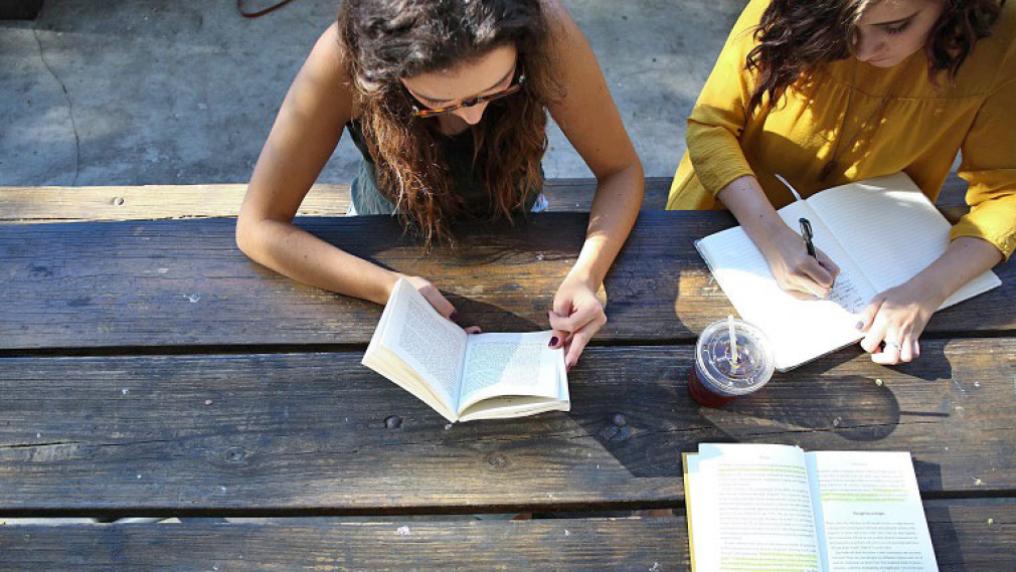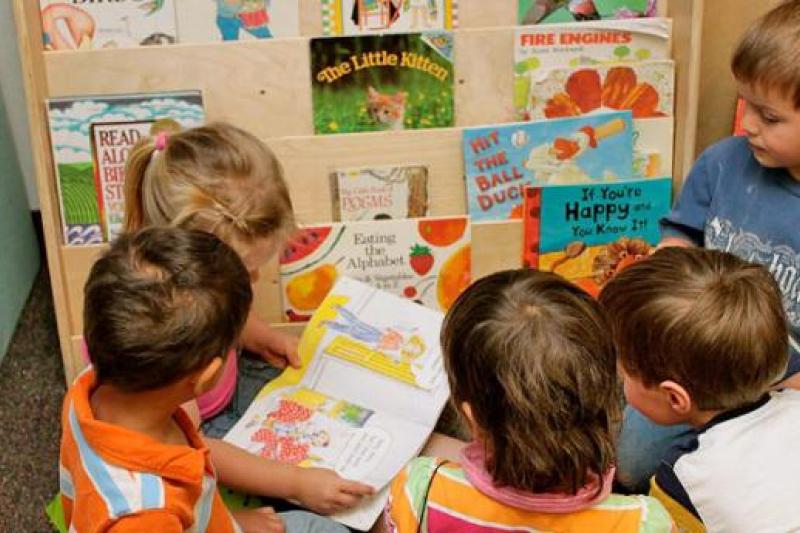Why PISA is moving towards creativity

Along with a relatively small number of countries such as New Zealand, Singapore and Finland and Scotland, Australia is unusual in that, as well as a focus on knowledge and skills, its national curriculum explicitly requires schools to teach certain capabilities.
In the case of Australia these focus on critical and creative thinking, ethical understanding, various intercultural practices and personal and social awareness and management. One state, Victoria, has gone still further. Not only will schools be cultivating these capabilities in their students, they will also be assessing and reporting on progress.
Of course these are early days. Teachers the world over, especially those at secondary level, are justifiably concerned as to how, when they are organised around the teaching of subjects, they will be able to cultivate capabilities which, necessarily, organise themselves beyond the boundaries. But fresh from a week in Melbourne and Sydney my sense is that, in genuinely seeking to prepare young people for an uncertain and challenging world, Australia leads the world in its curriculum thinking.
In my own work I am excited that the OECD has decided to focus on Creative Thinking as the PISA innovative domain test in 2021 and honoured to be given a role in helping to bring this about. Every three years, as well as testing fifteen year olds on English, Maths and Science, PISA picks something that it believes will be increasingly important. And Creative Thinking is their choice for 2021.
For me personally this is a vindication of ten years of research. PISA is recognising the validity of the concept, its importance today and, perhaps most significantly, recognising that it can be taught and can be assessed. While in Australia I was launching a book, Teaching Creative Thinking; Developing learners who generate ideas and can think critically. The book draws on research and promising practices across the world but especially on collaborative enquiries with schools in and around Melbourne supported by the Victorian Curriculum and Assessment Authority. Importantly we are able to show that it is no longer a question as to whether we can cultivate and assess capabilities, but how best this can be done.
Of course whether schools should be focusing on capabilities or not is contested. When the PEW Research Centre, in their annual global attitudes survey, asked Australians whether they thought schools should be teaching basic academic skills and encouraging discipline, or cultivating students who are creative and can think independently, the nation was divided pretty much 50:50. But when the question was posed to 18-34 year olds, the responses shifted to a 60:40 result in favour of capabilities such as Creative Thinking.
My own very strong view is that we need both academic and scholarly knowledge and the kinds of capabilities and dispositions which will help us all deal with the tricky stuff we need to face. For knowledge is important but we also need more – students who know how to do things they have not yet been taught, who are able to operate effectively in situations they have not previously encountered.
Across the world a significant shift is taking place as it is increasingly being recognised that something other than knowledge is required. In Australia this is known as capabilities: creative thinking, collaboration, perseverance and self-perception.
For capabilities truly to be embedded in schools, a shift in our thinking is required. Rooty Hill High School in Sydney or Thomas Tallis School in London show us how this can be achieved. Talented teachers continue to focus on the subjects of the curriculum with which we are all familiar, at the same time as selecting teaching and learning methods which cultivate things like curiosity, perseverance and effective collaboration. Initially it was necessary to highlight capabilities explicitly. Gradually they become embedded so that, for example, as part of a maths lesson, students learn strategies for working their way through difficult questions.
Employers are increasingly making their voices heard on this matter too, often using the phrase ‘soft skills’ to describe capabilities. In the UK, the Confederation of British Industry recently called for an education system that develops determined, resilient, curious and creative young people who are also knowledgeable and skillful.
Put simply, there is an emerging consensus. We need schools which embed capabilities in the formal and informal curriculum with just as much rigour and thought as when they focus on knowledge.
This article was originally published in Education Review. Read the original article.



